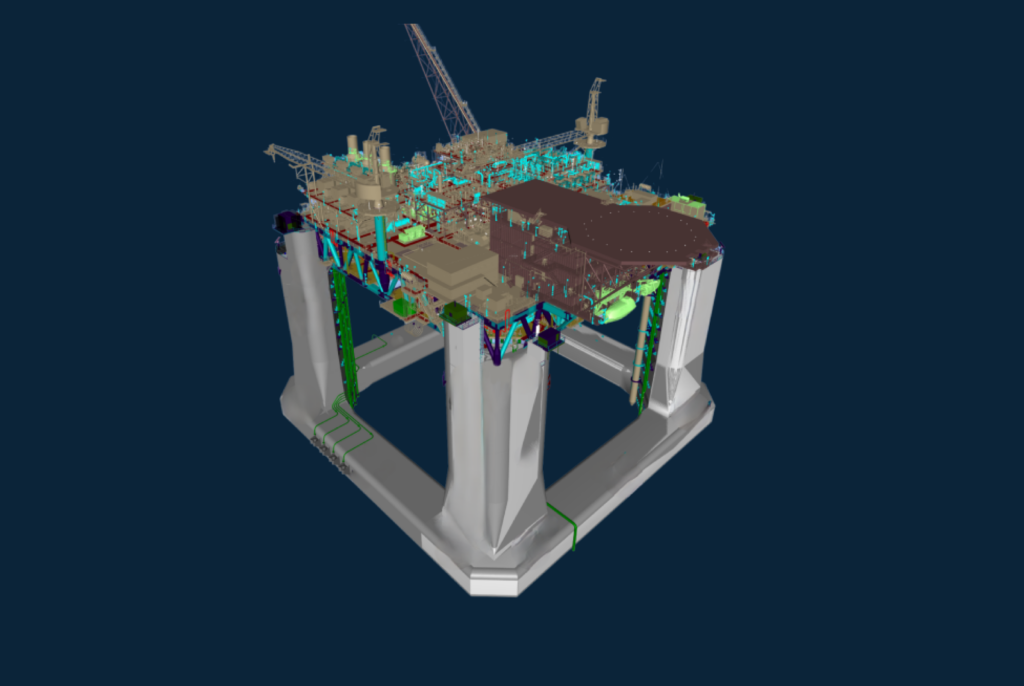

Want to share this article?
A Brief Look at Standards and Regulations Affecting Offshore Design, Development, and Operations
Navigating the realm of offshore design, development, and operations means also working with a diverse, sometimes dizzying array of regulations, standards, and recommendations.
The following entities make up an important segment of industry compliance. By no means does this list represent a complete assessment of regulatory- and standard-based considerations for the offshore industry. Also note that regulations and standards may vary from country to country.
International Organization for Standardization (ISO) TC67: This technical committee handles the “[s]tandardization of the materials, equipment and offshore structures used in the drilling, production, transport by pipelines and processing of liquid and gaseous hydrocarbons within the petroleum, petrochemical and natural gas industries,” culminating in numerous ISO standards.
Det Norske Veritas / Germanischer Lloyd (DNV GL): Formerly known as simply DNV, this classification and certification body governs over the international DNV rules (as well as the anticipated DNV GL rules) “for classification of all types of vessels, our statutory interpretations, offshore standards, approval programmes and more.”
Bureau of Safety and Environmental Enforcement (BSEE): This U.S. agency “works to promote safety, protect the environment, and conserve resources offshore through vigorous regulatory oversight and enforcement.” Its operations and recommendations are affected by U.S. federal regulations like 30 CFR Parts 200–299.
Bureau of Ocean Energy Management (BOEM): This U.S. agency “regulate[s] oil, gas, and sulphur exploration, development, and production operations on the Outer Continental Shelf (OCS).” Its operations and recommendations are affected by U.S. federal regulations like 30 CFR Parts 550–585.
American Petroleum Institute (API): Recently expanded to include international reach, the API “maintains more than 500 standards and recommended practices,” many of which “have been incorporated into state and federal regulations” and the International Organization for Standardization.
World Bank Group: The World Bank Group’s Environmental, Health, and Safety (EHS) Guidelines are “technical reference documents with general and industry-specific examples of Good International Industry Practice (GIIP).” The organizational collective recommends that when a country’s regulations differ from these guidelines, projects should be tailored to whichever of the two is most stringent. Offshore guidelines are found in their 2007 Offshore Oil and Gas Development document (PDF).












